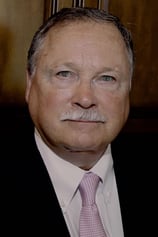 I was recently assisting an elderly woman with a new commercial loan when I made a troubling discovery. She owned a prime piece of commercial real estate, a retail store building leased out to a tenant, on one of the most affluent commercial strips in America. A commercial strip is a major thoroughfare through a town or city that is lined with businesses - typically retail stores, strip centers (known as mini-malls in Southern California), restaurants, and gas stations.
I was recently assisting an elderly woman with a new commercial loan when I made a troubling discovery. She owned a prime piece of commercial real estate, a retail store building leased out to a tenant, on one of the most affluent commercial strips in America. A commercial strip is a major thoroughfare through a town or city that is lined with businesses - typically retail stores, strip centers (known as mini-malls in Southern California), restaurants, and gas stations.
This particular retail store building was a row commercial building. A row commercial building is a commercial building in an area so built up as to have a zero lot line with its neighboring buildings. In other words, it's sort of like a townhouse. Its left and right walls are built right on its property lines, butted directly against the neighboring buildings. There is no way for even a cat to walk between the buildings. Row commercial buildings are most commonly found in large cities, like San Francisco or Chicago.
So, anyway, this lady investor owns this row commercial building - easily worth $1.3 million - but she only had the property insured for a measly $290,000. So I asked her, "Darlene, why do you only have $290,000 in fire insurance?" She replied, "Well, most of the value of the property is the underlying land. This is a prime-prime area. Although the building may be worth $1.3 million, the land alone is worth $700,000. The building itself is only worth $600,000."
I therefore proceeded to explain the danger of being under-insured. When a property owner under-insures his property (insures it for less than its replacement cost), he is deemed to be partially self-insuring. He is deemed to be partially taking on the risk of loss from a fire.
Let's assume that the property suffers a $100,000 fire loss. The insurance company is NOT going to cover the entire $100,000 loss, even though the insured had $290,000 in fire insurance. Instead, the insurance company is going to claim that the owner was partially self-insuring. Therefore the owner must suffer a proportional loss.
Here is how the numbers would work. The owner had $290,000 in fire insurance. The replacement cost of the building was $600,000. Therefore only 48% of the property was insured ($290,000/$600,000). The fire insurance company would only pay for 48% of the $100,000 fire loss or $48,000. Yikes!
Guys, do you remember when I told you that the next three years were going to be the most profitable three years of your whole career in commercial mortgage brokerage? Well, slow season (every April and May) is now over. Get your tail to work. There is big-big money to be made in commercial real estate finance (CREF). My commercial mortgage portal - C-Loans.com - just had its best month since 2006. Got a commercial loan lead? Be sure to get it entered into C-Loans! Our commercial lenders are hungry!
HUGE LESSON: One of things I have learned over the years is that commercial lenders are very foregiving of flaws in a commercial real estate loan application, if they are in the mood to lend. If they are not in the mood, they can always find a reason to turn down a commercial loan. The secret is therefore to find a commercial lender in the mood to lend, but to do that, you may have to present your commercial loan deal to scores of banks. You therefore need to know thousands of commercial lenders.
The veteran commercial mortgage broker submits 100% of his commercial loan packages to Blackburne & Sons, even if the deal appears too good for us. The reason why is because we will issue, within 24 to 48 hours, at no cost, a Loan Approval Letter that you can use to show bankers. "Hey Mr. Banker, I have an offer from Blackburne & Sons, but I'll bet that you can beat these rates, right?" Think back to your bachelor days. When you already had a decent-looking girl on your arm, all the girls in town were checking you out; but when your arm was empty, it felt like you had the word, "Loser", written in florescent letters across your forehead. So use us! Let us be your back-up lender. It costs you nothing, and if the borrower starts to panic, you can always accept our deal.
My oldest son, George IV, just developed the most awesome commecial loan calculator.
How would like a free copy of my advanced course on Intermediate Commercial Real Estate Finance or a copy of my classic 9-hour course, How To Broker Commercial Loans? Just forward a link to your banker, and if he joins C-Loans, we'll give you the training course of your choice immediately for free, plus $250 every time this banker closes a commercial loan for a C-Loans user.
This famous 9-hour course teaches you marketing, underwriting, packaging, placement, and fee collection.
You can now place business loans, not secured by real estate, using C-Loans.









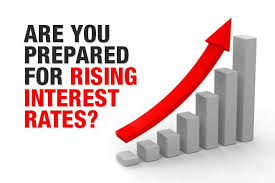 I have good news and interesting news.
I have good news and interesting news. I received the following email this week that I found extremely interesting and informative:
I received the following email this week that I found extremely interesting and informative:
 The sales lesson that is today's blog subject applies to salesmen in just about any industry - be it commercial loan brokerage, commercial-investment property sales, or even car sales. It sounds obvious -
The sales lesson that is today's blog subject applies to salesmen in just about any industry - be it commercial loan brokerage, commercial-investment property sales, or even car sales. It sounds obvious - 
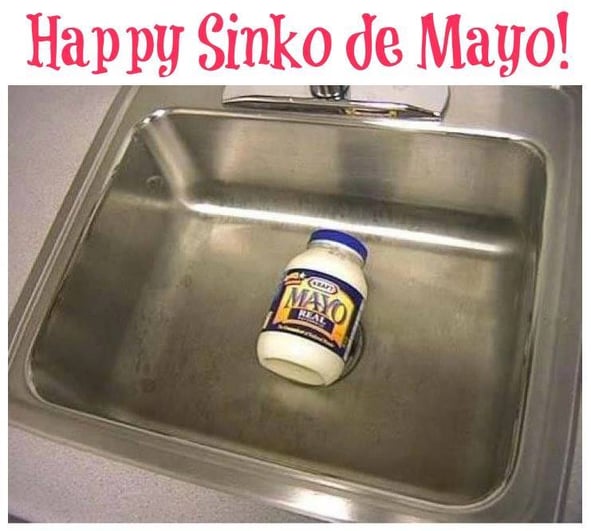
 What is a
What is a 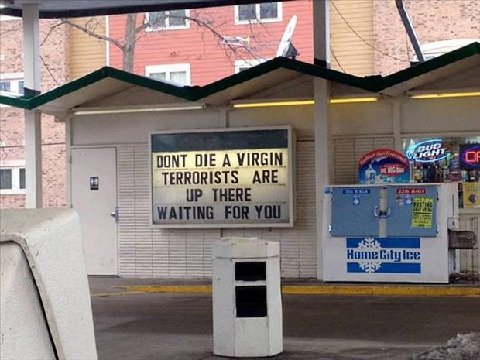
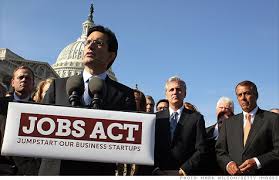 The world doesn't realize it yet, but three years ago Congress passed the most important piece of economic legislation since the Great Depression of the 1930's. It's called the JOBS Act. Both commercial brokers and commercial mortgage brokers can now use this new legislation to cheaply and easily raise money for their ventures.
The world doesn't realize it yet, but three years ago Congress passed the most important piece of economic legislation since the Great Depression of the 1930's. It's called the JOBS Act. Both commercial brokers and commercial mortgage brokers can now use this new legislation to cheaply and easily raise money for their ventures.

 The most helpful business book that I have ever read is Robert Ringer's 1973 New York Times #1 Best-Seller,
The most helpful business book that I have ever read is Robert Ringer's 1973 New York Times #1 Best-Seller, 

 The other day I received an email flyer from a commercial broker trying to sell an apartment building. The commercial broker boasted that this potential investment offered a whopping cap rate of 14%. The first thought that passed through my head was that this property was almost certainly in a war zone.
The other day I received an email flyer from a commercial broker trying to sell an apartment building. The commercial broker boasted that this potential investment offered a whopping cap rate of 14%. The first thought that passed through my head was that this property was almost certainly in a war zone.
 Commercial loan demand is both seasonal and predictable.
Commercial loan demand is both seasonal and predictable. 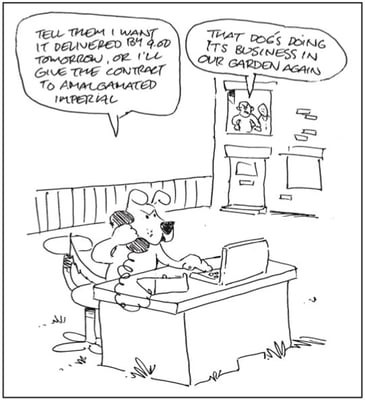
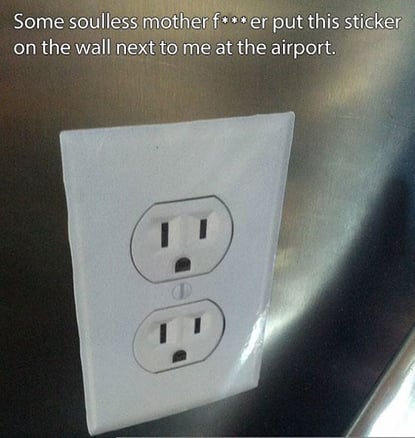





 I'm sure that you already know a great deal about commercial bridge loans, but I hope to add even more to that knowledge today. If you are a commercial broker - a commercial real estate broker or salesman - today's training article will be particularly helpful. By the way, it is the custom and practice in the industry to call commercial real estate salesmen
I'm sure that you already know a great deal about commercial bridge loans, but I hope to add even more to that knowledge today. If you are a commercial broker - a commercial real estate broker or salesman - today's training article will be particularly helpful. By the way, it is the custom and practice in the industry to call commercial real estate salesmen 


